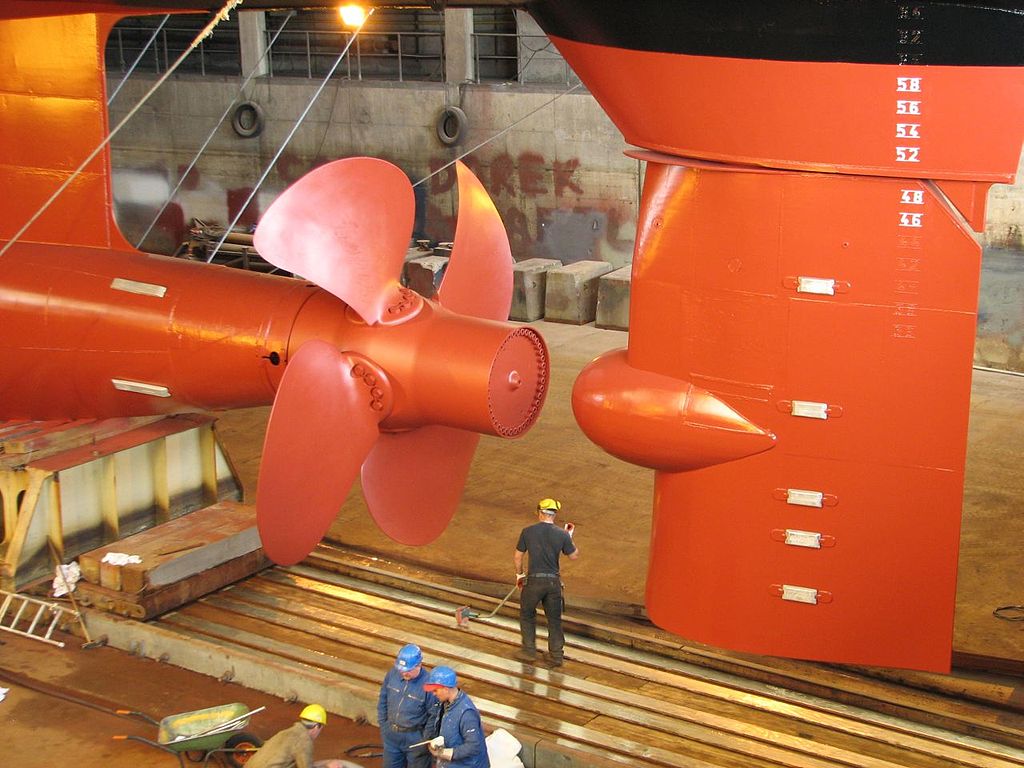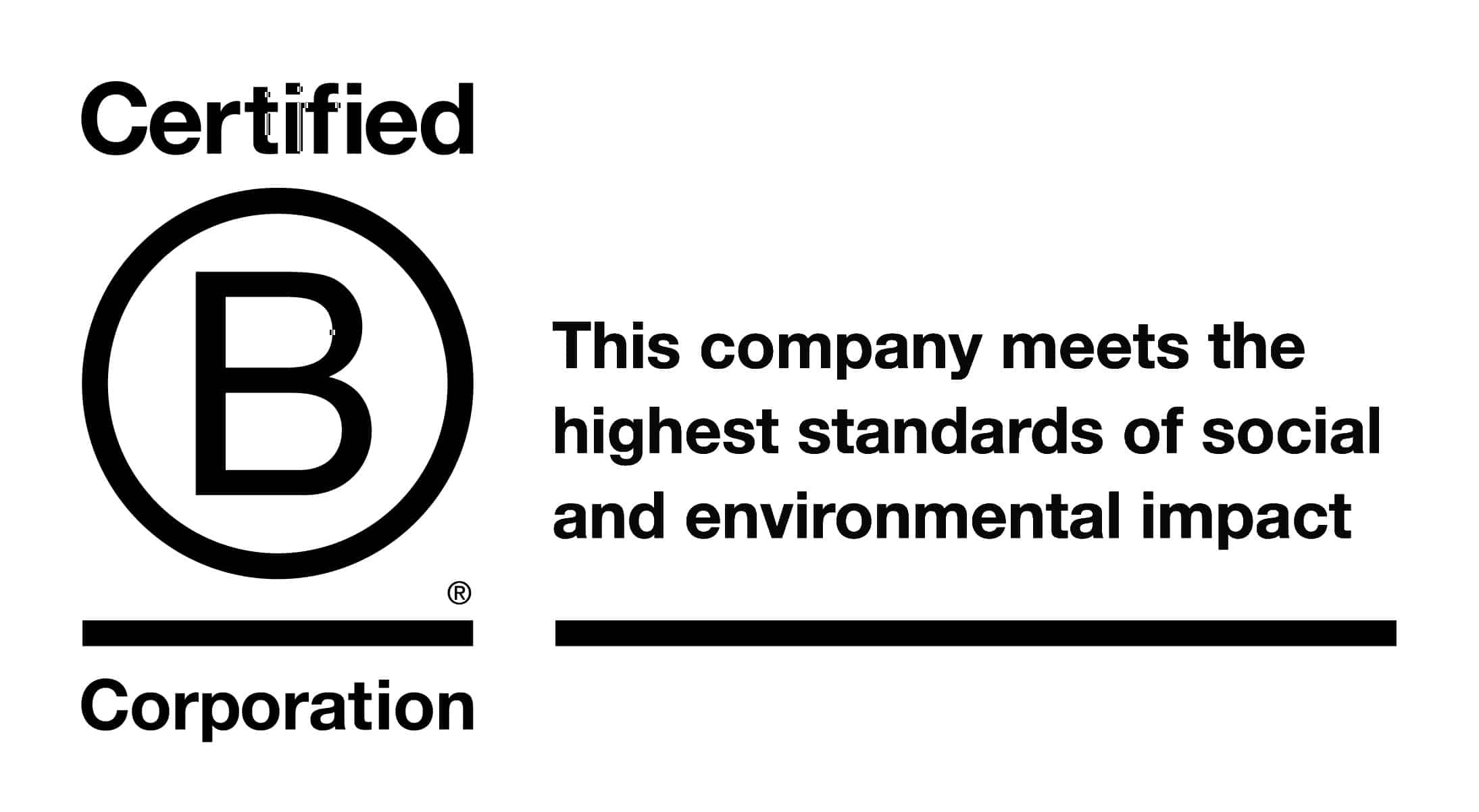Cathodic protection is an essential technology assets from corrosion. It was first invented for ship hulls and corrosion protection in marine environments however its use has since expanded across many industries including Infrastructure, Energy, Oil and Gas, and Mining. Corrosion can cause significant damage to assets, leading to increased maintenance costs and decreased lifespan. Cathodic protection provides an active form of corrosion protection with a built in means of monitoring to ensure its working without a visual inspection.

Picture Credit: Markus Brinkmann from Flensburg, Germany, CC BY-SA 2.0 <https://creativecommons.org/licenses/by-sa/2.0>, via Wikimedia Commons
Important steps for Cathodic protection system design:
When designing a cathodic protection system, several factors need to be considered, including the exposed surfaces, its operating environment, and the materials of construction. Here are some key steps to follow when designing a cathodic protection system for a ship or boat:
(NOTE: Cathodic Protection system design is a complicated procedure and the steps given here are only general guidelines)
1. Corrosion assessment
The first step in designing a cathodic protection system is to conduct a corrosion assessment of the ship or boat. This assessment will help identify the areas of the vessel that are most vulnerable to corrosion and the types of corrosion that are most likely to occur.
2. Cathodic protection system selection
There are two main types of cathodic protection systems: impressed current cathodic protection (ICCP) and sacrificial anode cathodic protection. To determine the type of system that is right for you, you must first consider the corrosion current requirements of the design. Typically this will require an in-depth understanding of asset design, service life, the operating environment, any potential sources of interference, and additional corrosion protection measures in place. This process can be complex depending on your asset – Ice Dragon Corrosion can help you design your Cathodic protection system.
3. Placement of anodes
Once the cathodic protection design requirements have been identified, the next step is to choose a set of anodes and determine their placement. Anodes should be placed in areas that ensure full coverage of the asset. This must consider the geometry of the exposed surface, design life, anode locations, and operational exposure conditions.
4. Install Cathodic Protection System
Once the anode placement has been determined, the cathodic protection system can be installed. The system should be installed by a qualified professional to ensure that it is installed correctly and is functioning as intended. Post-installation testing can be done to ensure the system is functioning as expected. This testing typically spans a 24 hour period but may require longer intervals depending on the design.
5. Monitor
Once the cathodic protection system has been installed, it is important to monitor its performance regularly. Typical systems are tested annually, as a minimum, using specialized equipment that measures the electrical potential of the anodes and the asset.
Ice Dragon Corrosion: Your Ideal Corrosion Service Provider
Ice Dragon Corrosion is a top anti-corrosion service provider that can protect your equipment from damage and breakdowns. We will recommend effective management strategies after assessing your plant and determining its corrosion risks. Schedule an appointment to learn how we can help you manage corrosion in your facility.




